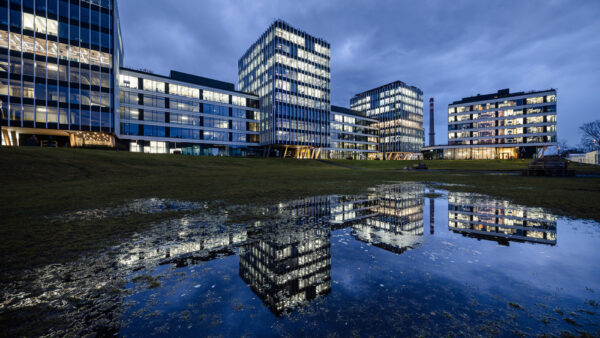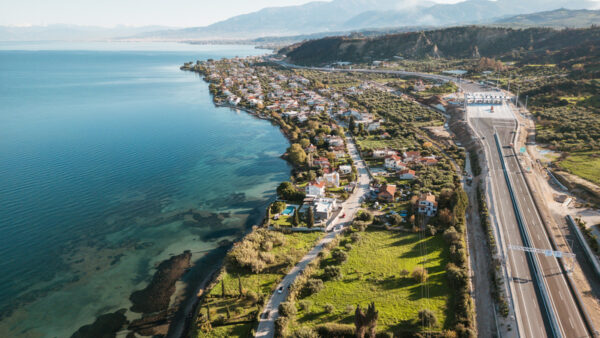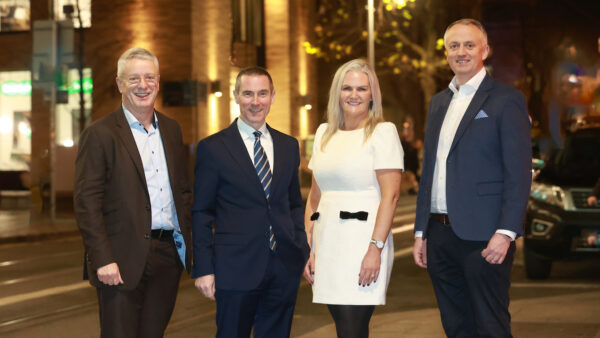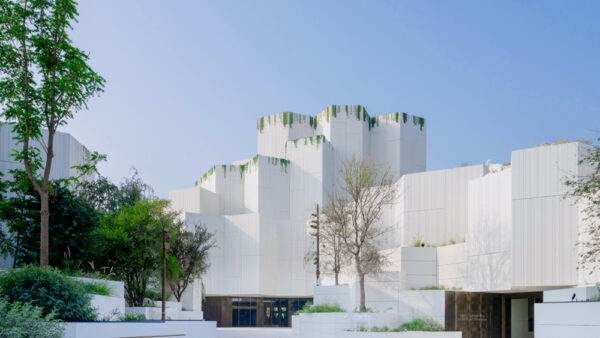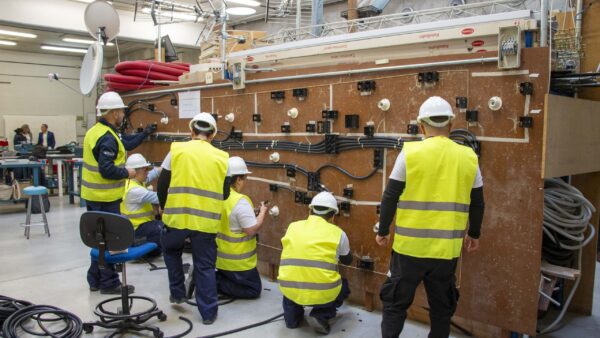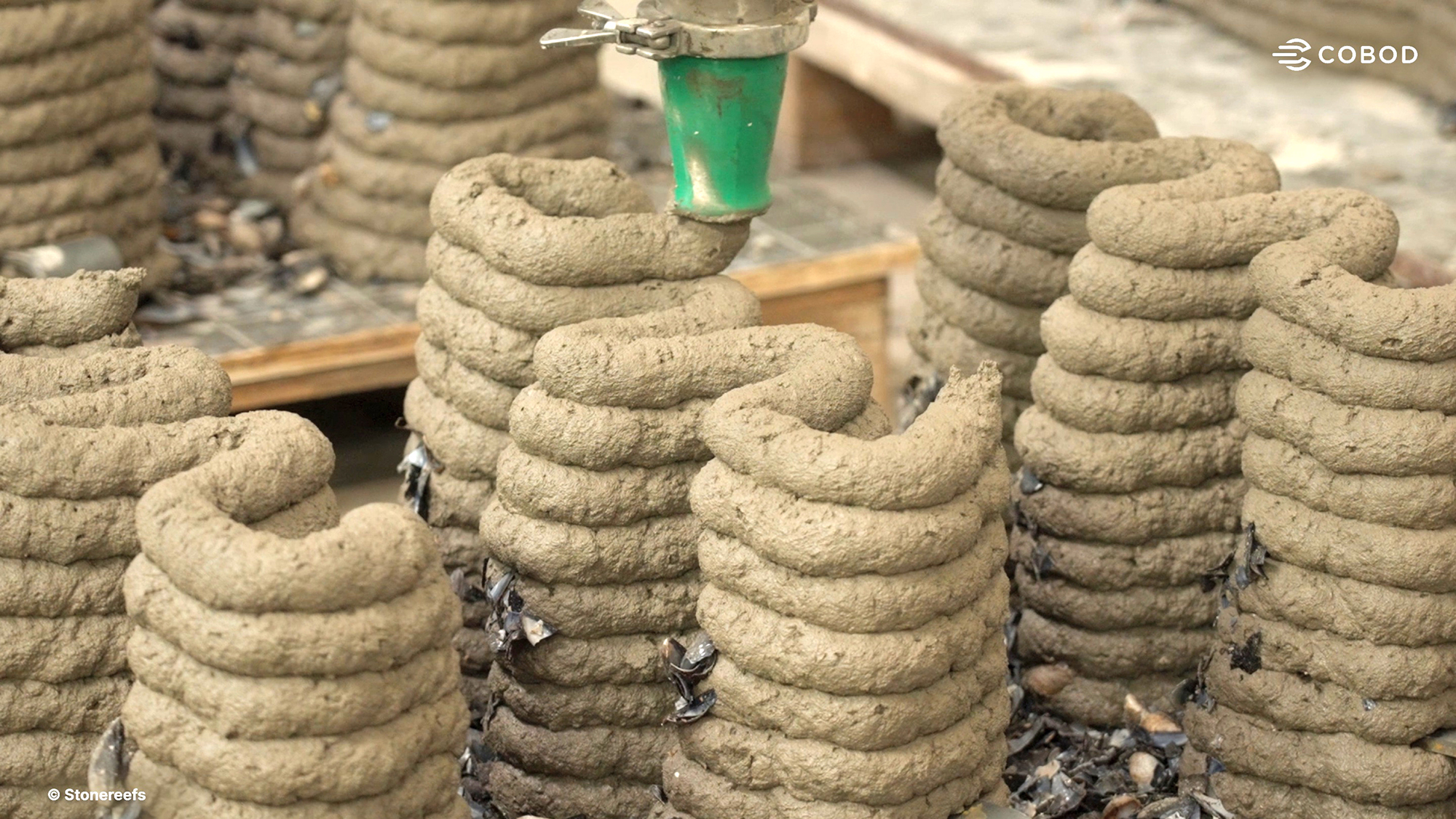
Port authorities in Denmark have begun attaching 3D-printed artificial reefs to the sterile sheet piling of underwater harbour walls to coax sea life back.
The technique provides a quick substitute for coral reefs, which form organically over time when coral larvae attach to hard undersea surfaces and secrete skeletons of calcium carbonate.
The printed modules mimic reefs’ complex cavities and perforations that help marine ecosystems develop.

Within months of reef installations at the ports of Aarhus, Korsør, Helsingør, Sprogø and Fredericia, algae, mussels and smaller fish have colonised them.
In Fredericia, even cod and eel have returned, according to Danish 3D printer maker Cobod, whose BOD2 printer is being used to print the modules.
The Port of Copenhagen inaugurated its first printed reefs on 20 August.
The modules are printed with CO2-reduced cement, local aggregates, and crushed mussel shells to help larvae settle.
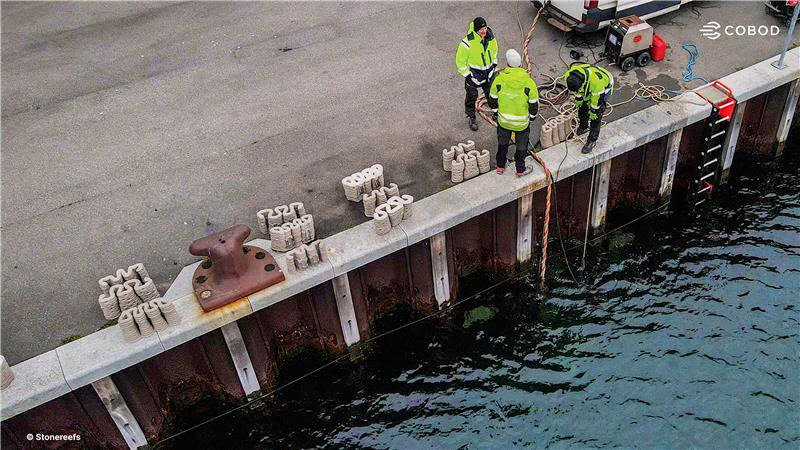
Students have taken part by designing their own reef concepts and observing the colonisation process through live camera feeds.
“3D printing lets us improve biodiversity without disturbing harbour activities,” said Mikkel Brich, founder of project partner Stonereefs.
“We make modules that match the wall geometry to not interfere with daily operations but provide the textures marine life needs. We experience that when you give nature a foothold, life returns within months.”
- Subscribe here to get stories about construction around the world in your inbox three times a week


